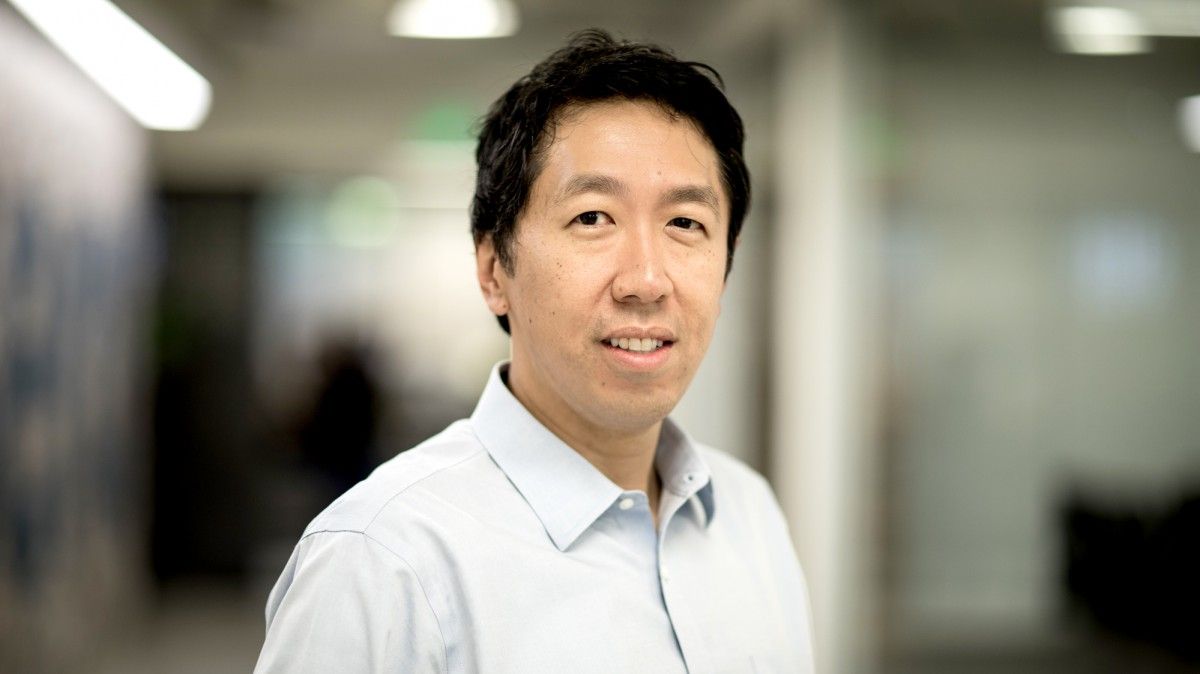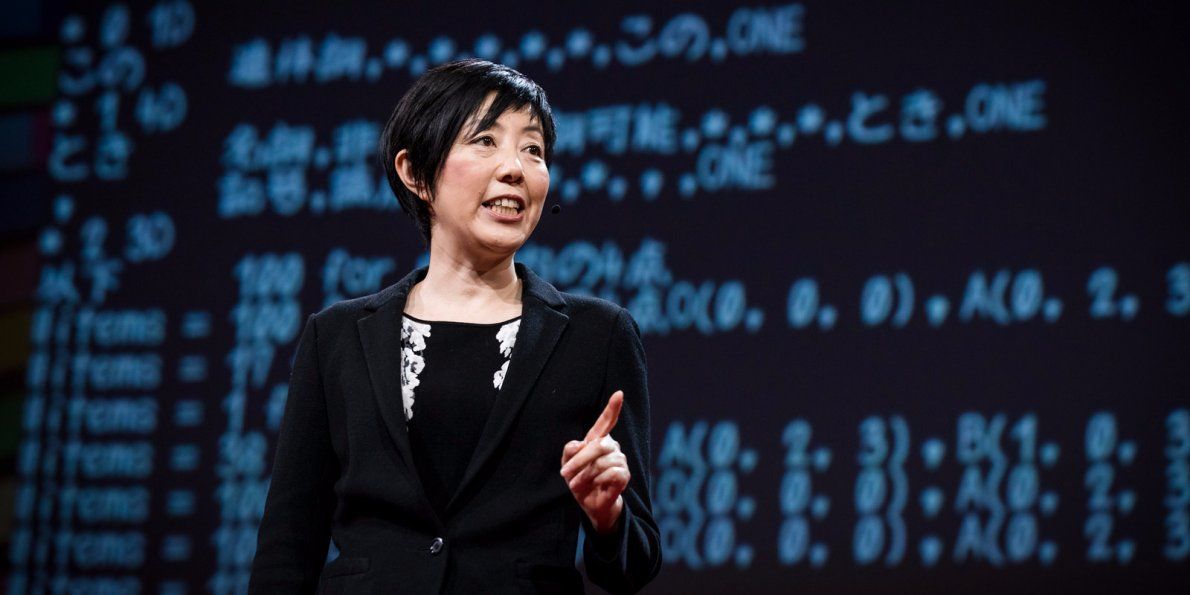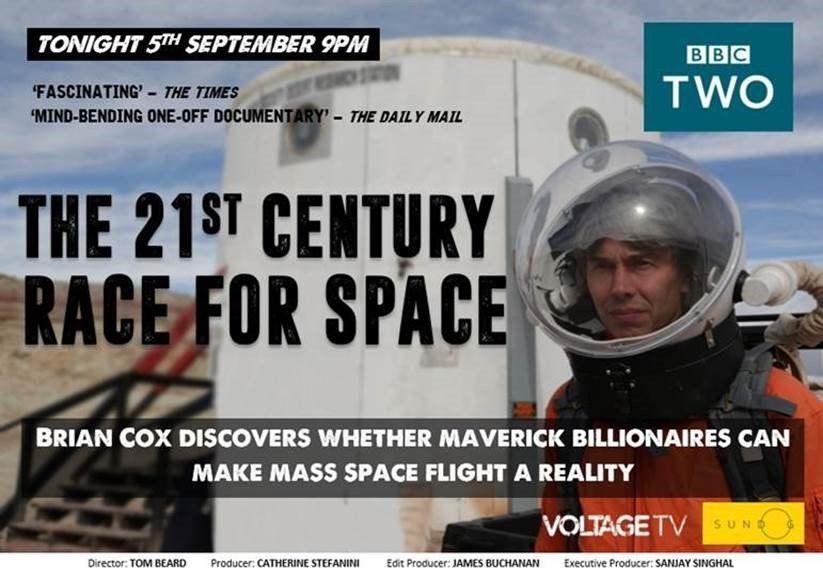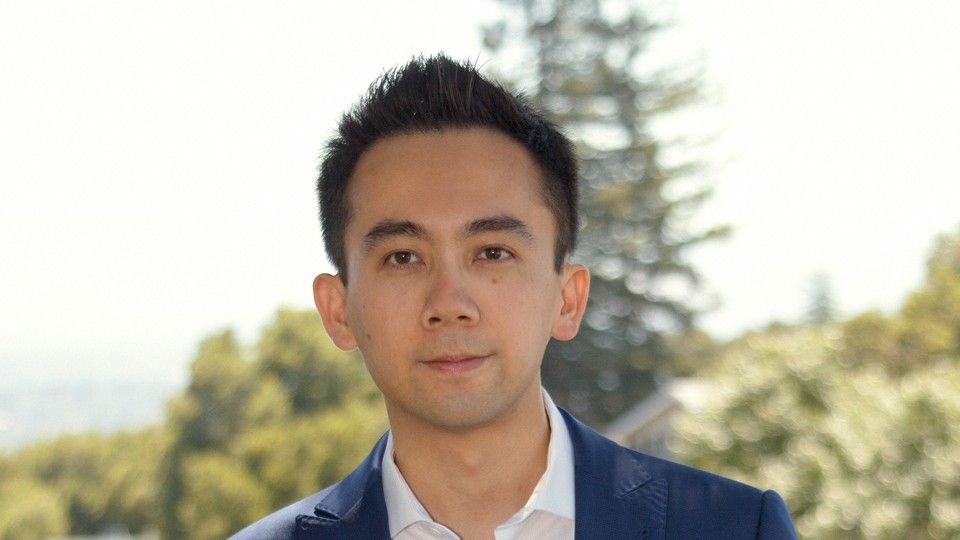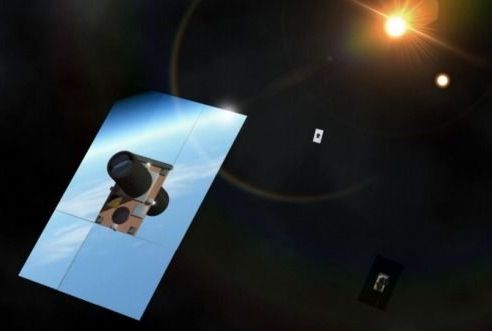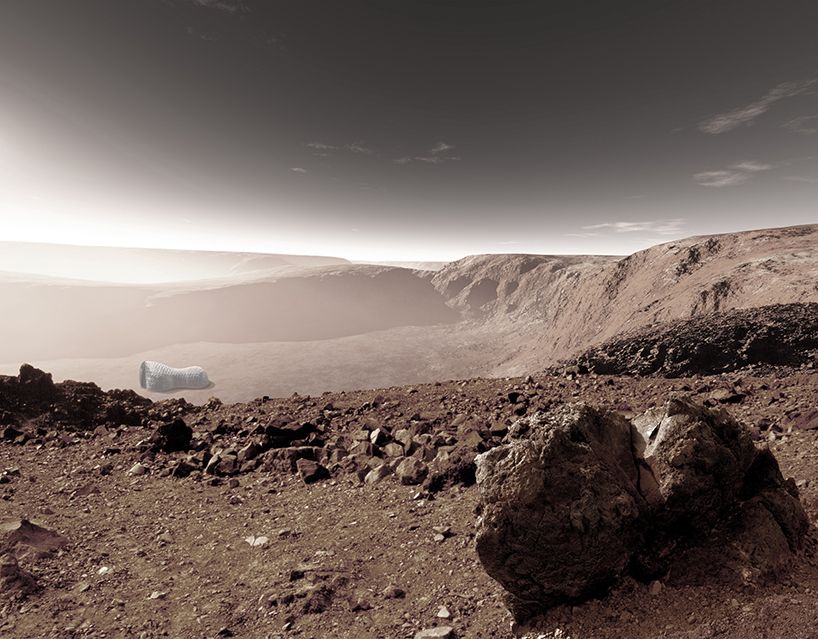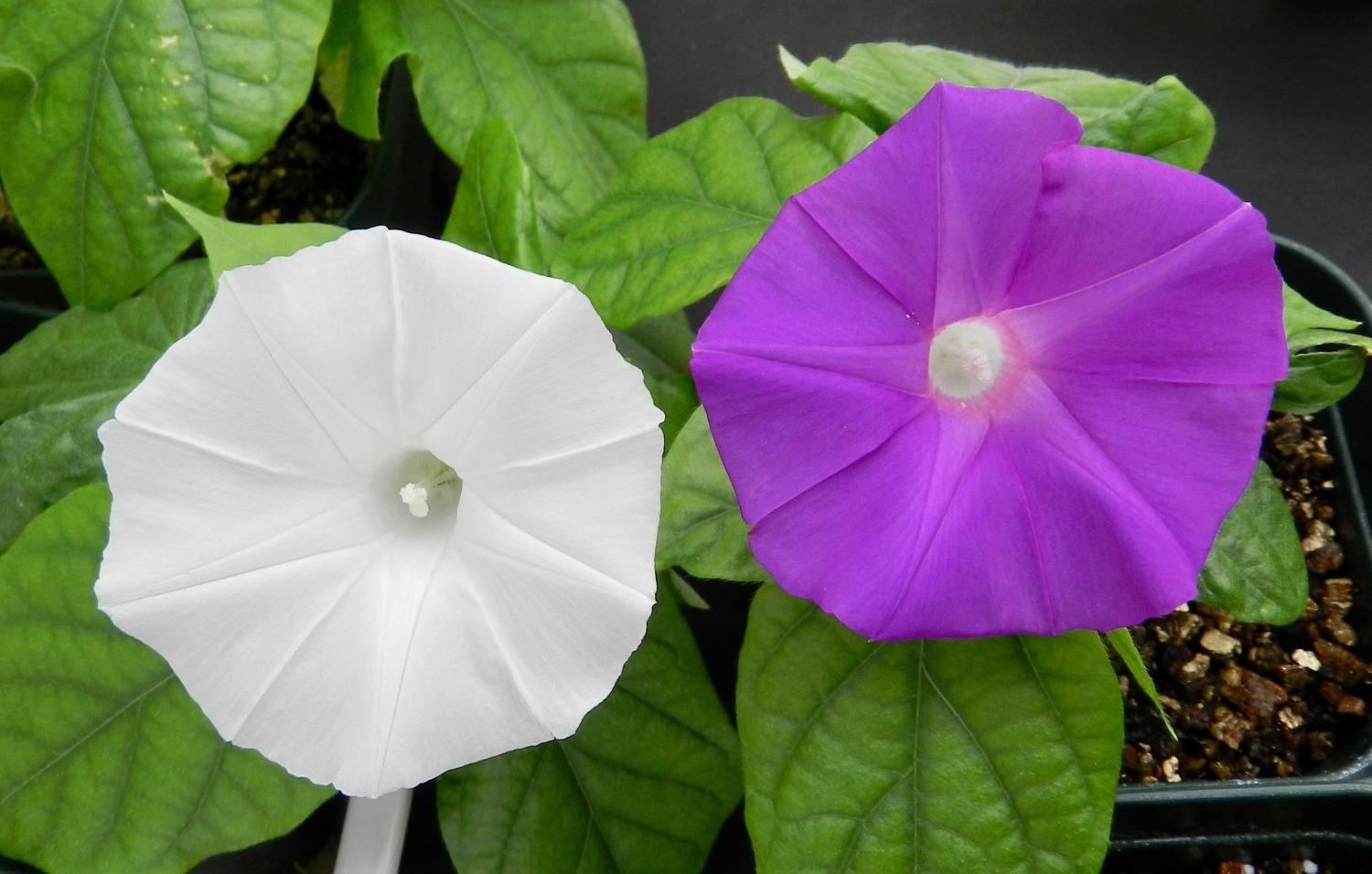
I was thinking about this the other day. How far off is using CRISPR for cosmetic changes? permanently changing of eye color, hair color, skin (although that one is gonna be a lightning rod), etc…
In a world-first, Japanese scientists have used the revolutionary CRISPR, or CRISPR/Cas9, genome- editing tool to change flower colour in an ornamental plant. Researchers from the University of Tsukuba, the National Agriculture and Food Research Organization (NARO) and Yokohama City University, Japan, altered the flower colour of the traditional Japanese garden plant, Japanese morning glory (Ipomoea nil or Pharbitis nil), from violet to white, by disrupting a single gene. This research highlights the huge potential of the CRISPR/Cas9 system to the study and manipulation of genes in horticultural plants.
Japanese morning glory, or Asagao, was chosen for this study as it is one of two traditional horticultural model plants in the National BioResource Project in Japan (NBRP). Extensive genetic studies of this plant have already been performed, its genome sequenced and DNA transfer methods established. In addition, as public concern with genetic technologies such as CRISPR/Cas9 is currently a social issue in Japan, studies using this popular and widely-grown plant may help to educate the public on this topic.
The research team targeted a single gene, dihydroflavonol-4-reductase-B (DFR-B), encoding an anthocyanin biosynthesis enzyme, that is responsible for the colour of the plant’s stems, leaves and flowers. Two other, very closely related genes (DFR-A and DRF-C) sit side-by-side, next to DFR-B. Therefore, the challenge was to specifically and accurately target the DFR-B gene without altering the other genes. The CRISPR/Cas9 system was used as it is currently the most precise method of gene editing.
Read more
